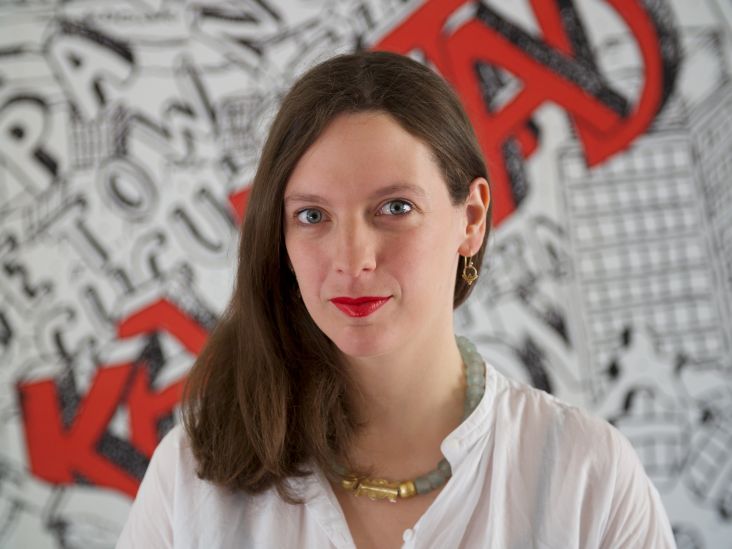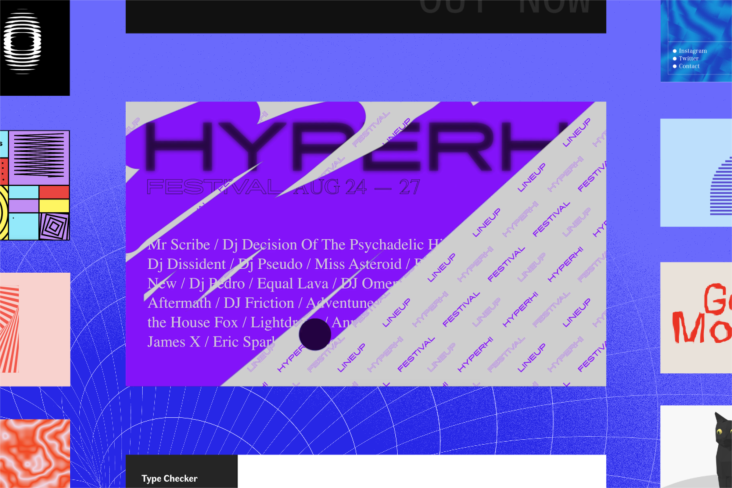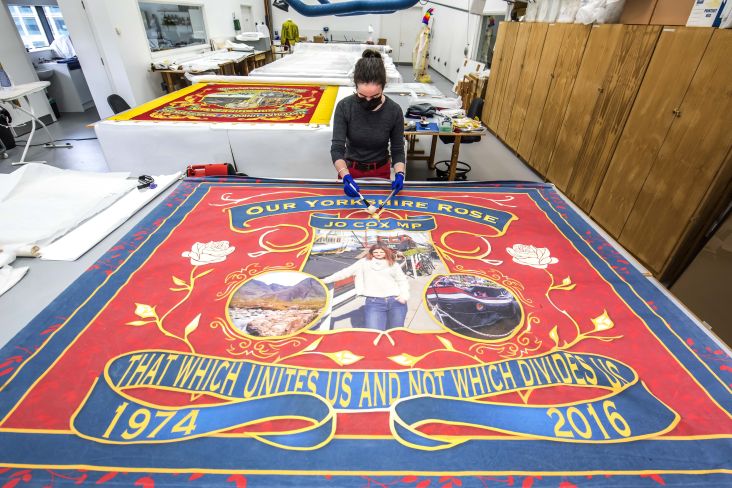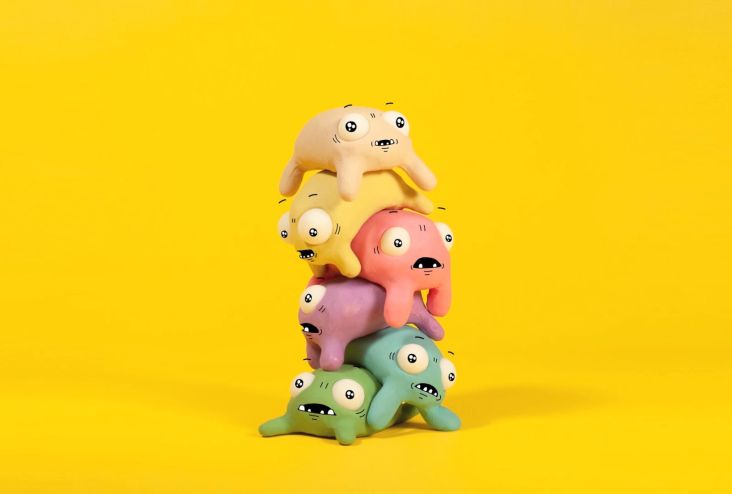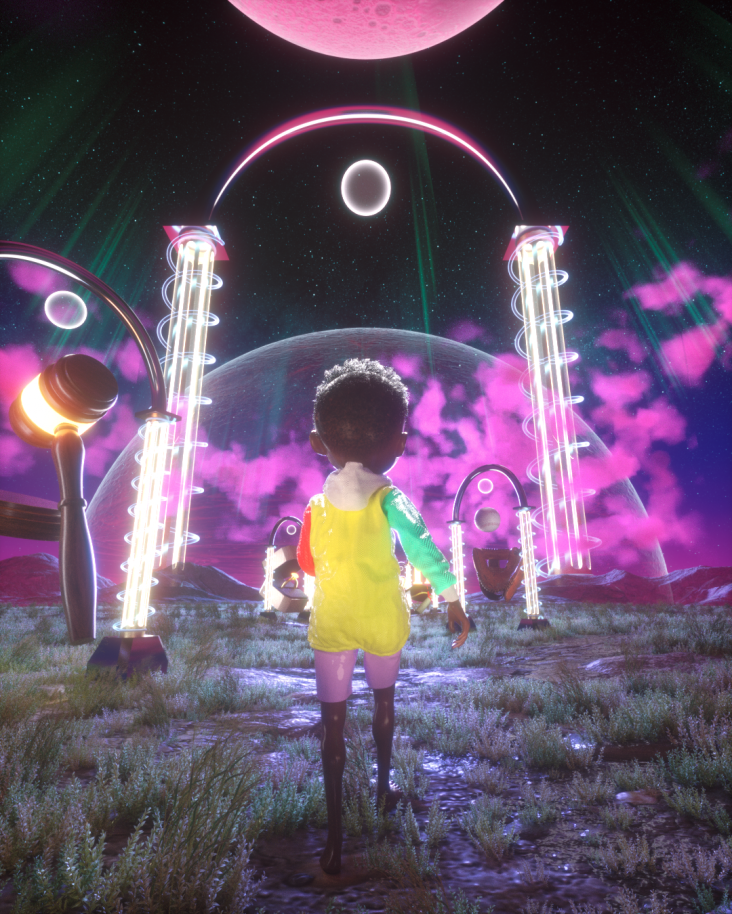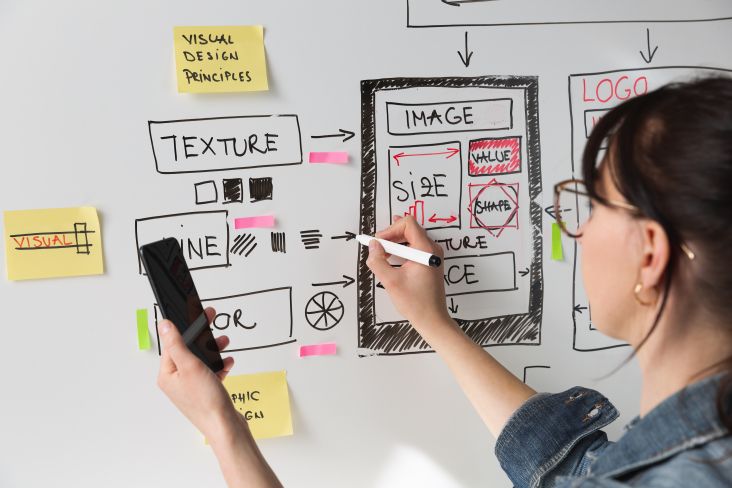
Image licensed via Adobe Stock
But there was one sector that wasn't just protected from the recession; it actually flourished. That sector was motion design.
With live filming suspended throughout the world, 2D and 3D motion design and animation became the only way to create moving visual content. So it was no surprise that demand skyrocketed.
But now that filming is resuming with gusto, what will happen to motion design? We asked creatives working in the discipline to share their predictions and what new motion design trends they expect to see.
To prepare this article, we teamed up with Created, an online academy that offers hands-on courses, crafted and delivered by some of the biggest and best names in the industry. Whether you're a student, recent graduate or established pro wishing to expand your offering, Created's Motion Design Pro or Motion Design Foundation courses help you develop all the skills you need to succeed. (Oh, and they do great UX courses, too!).
1. Last year formed new habits
There's no question about it: 2020 was a boom year for motion designers. Rob Birnie, the founder of DBM Motion Graphics in Bedfordshire, is typical. "2020 was my most profitable year," he recalls. "That was due to businesses trying motion graphics when they'd ordinarily have used a videographer."
But just because lockdown is ending, that doesn't mean the end for motion design. In fact, it's more like a new beginning.
After all, there are now thousands of companies that have, for the first time, experienced the flexibility, cost-effectiveness and creative possibilities offered by motion design. And there's no way to put that genie back in the bottle. As Rob says: "They'll have seen the benefits of motion design and will want to stick with it".
Ashleigh Robertson, a freelance motion designer based in Glasgow, agrees. "I think there'll still be demand there," she predicts. "Clients have really seen the benefits of motion graphics and its longevity. So even though there may be a slight dip with live filming, the pandemic has shown companies that there are alternative marketing solutions, and motion graphics is one of them."
2. Unlocking presents new opportunities
In fact, far from demand decreasing, many in the industry believe it will go UP as new, post-pandemic opportunities arise.
Among them is Calum Smail, co-founder and director at Voxel Studio in Cheshire. "I think the demand for motion design will grow as live events come back," he suggests. Similarly, London-based creative Nick Smith says: "There'll hopefully be an increase in spending on DOOH (Digital Out of Home Adverts), meaning an uptake in outdoor as opposed to relentless 9:16 social." In other words, now that people are free to go out again, advertisers will be keen to grab those eyeballs via motion design-powered posters, billboards and more.
And that's just scratching the surface. There are many other unexpected industries which use motion design, from VJs to academic institutions, theatres to marketing professionals; and all of them will be getting more active as the world reopens and the economy rebounds.
3. Hybrid projects are the new black
As the team at Brighton-based studio Form Play Animation points out: "Many commissioners have dipped their toes into the world of mograph and animation for the first time over last year, and we can't see that disappearing: one result might be more hybrid projects, combining live-action and animation."
Indeed, that's already the case for Amy Kilner, a motion and 3D designer based in Yorkshire working for global brands. "I already see an increase in requests for more location-based shoots," she reports. "It's been heavy on the digital side, with my team all working from home. But now we can get back out filming products in venues; it opens up the opportunity for lots more fun TikTok-style / lifestyle content."
4. Underlying growth is unstoppable
The final point is that pandemic or no pandemic, the demand for motion design has been growing massively over the last decade and is certain to continue.
If you think about it, that's not really surprising. We're living more and more of our lives through digital screens and spaces, whether that's apps on our phone or digital displays and checkouts in shops and restaurants. And, while you may not even notice it, motion design is a key ingredient in helping customers through these multiple interfaces, helping them stay engaged and forging an emotional bond with the brand along the way.
That dynamic is showing no signs of disappearing, and indeed, the pandemic has only heightened it. Consider, for example, how many people were forced to shop online thanks to Covid, a habit that has now firmly stuck for millions who previously wouldn't have considered it.
All this means that agencies are expecting design for motion design to grow throughout the 2030s. And that means it's a useful skill for any working designer, whether you want to bag a job in motion design or just broaden your offering to clients.
"The lines feel like they have blurred a little within some agencies, and they expect you to have an additional skillset to your general design talents," notes Dan Bailey, a freelance designer based in Essex. "That's generally motion, 3D or UI/UX. In the past, agencies would have a clear divide between specific roles. But it doesn't feel so much like that these days. More is definitely expected of you."
Learn motion design online
If you'd like to add motion design to your toolkit, we recommend Created, the online academy celebrated for its fully remote learning environment. Designed with and delivered by industry leaders, Created's hands-on, flexible courses provide you with the skills and personal development you'll need to thrive in the 2020s, not to mention an interview-ready portfolio.
To find out more about studying with Created, visit Created.academy. And if you want to 'try before you buy', why not check out Created's free Motion Design taster?





 by Tüpokompanii](https://www.creativeboom.com/upload/articles/58/58684538770fb5b428dc1882f7a732f153500153_732.jpg)


 using <a href="https://www.ohnotype.co/fonts/obviously" target="_blank">Obviously</a> by Oh No Type Co., Art Director, Brand & Creative—Spotify](https://www.creativeboom.com/upload/articles/6e/6ed31eddc26fa563f213fc76d6993dab9231ffe4_732.jpg)









